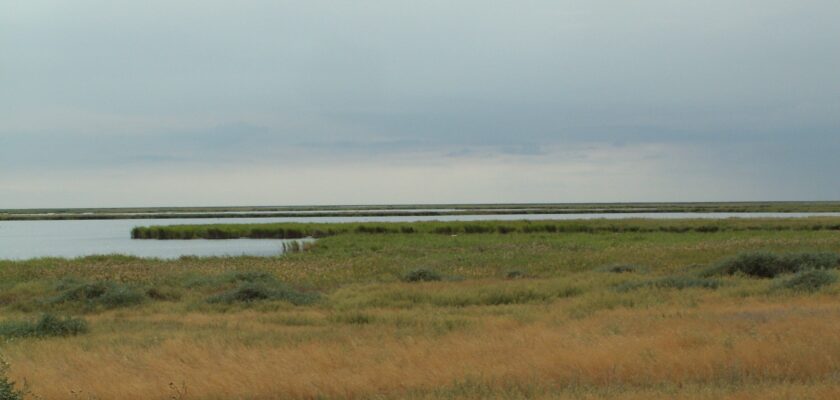Kurgaljinsky reserve
Kurgaljinsky Reserve is a picturesque nature conservation area in Central Kazakhstan. Extensive wetlands are the habitat of the dalmatian and pink pelican, the common flamingo, the savy and other rare birds. The history of the reserve began in 1968, and 50 years later it and some other natural areas of Kazakhstan were included by UNESCO in the list of World Heritage Sites.
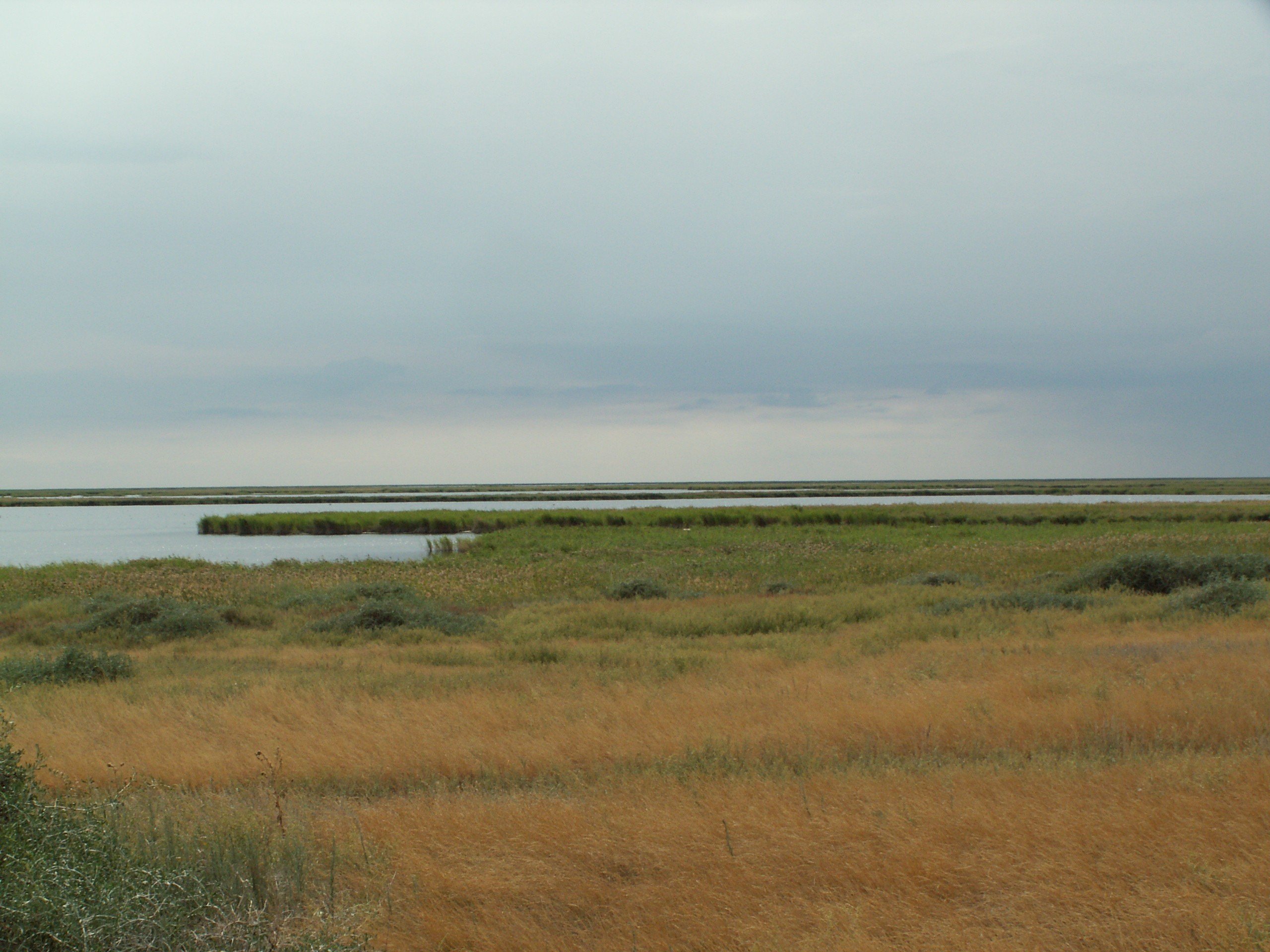
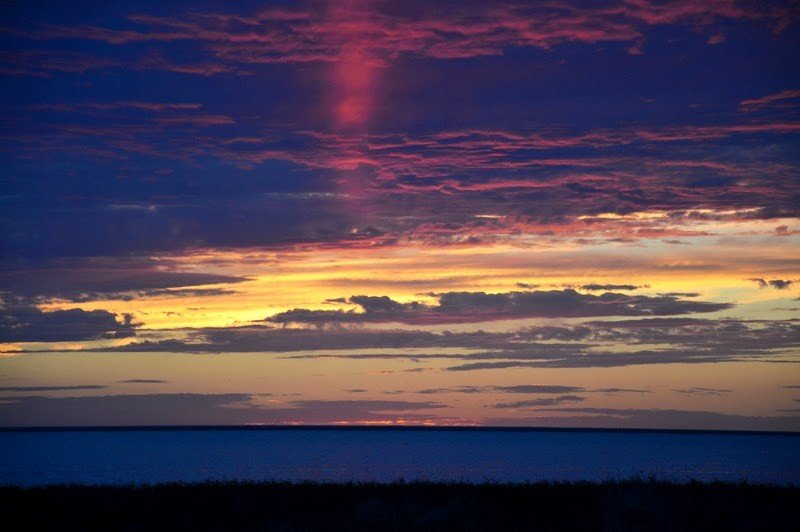
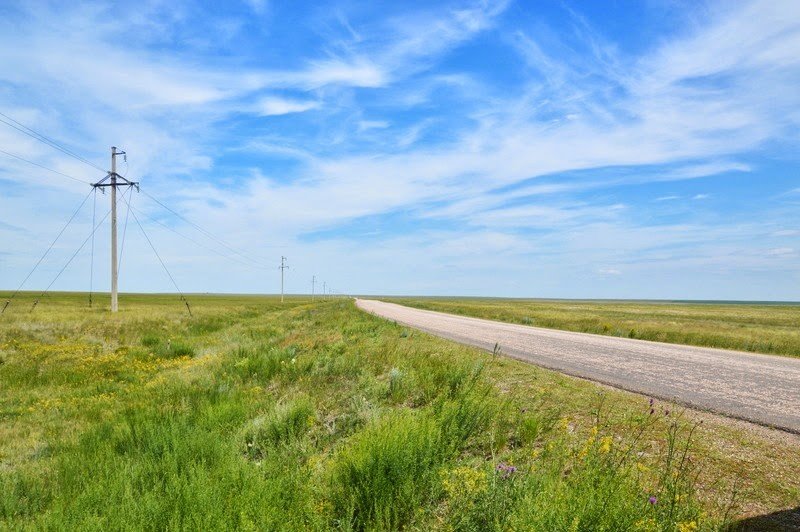
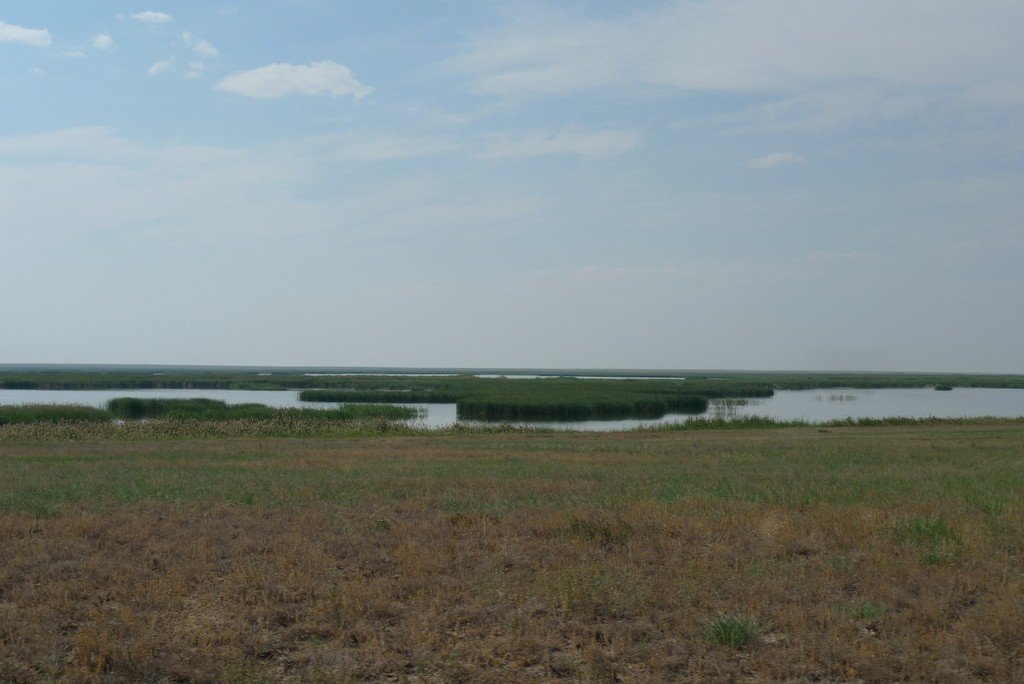
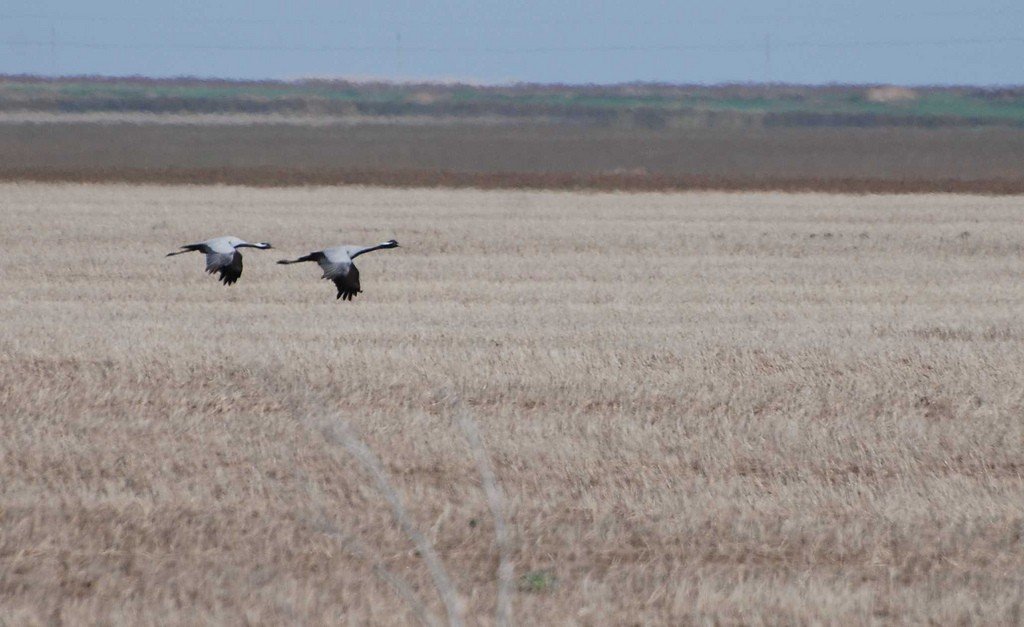
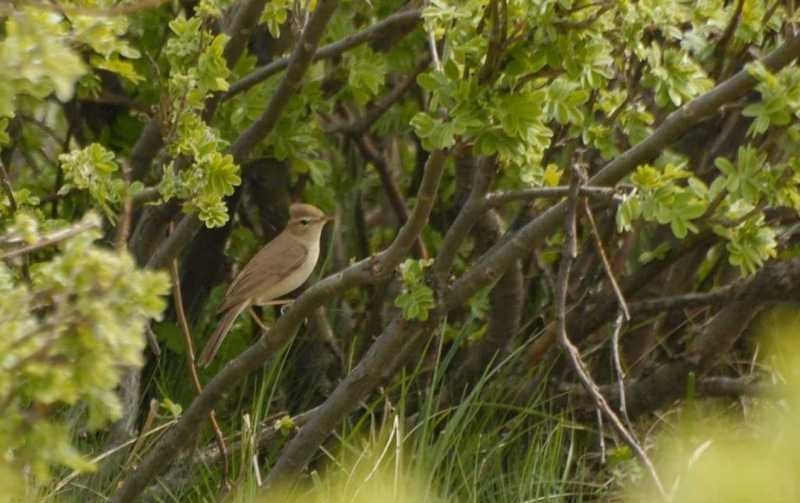
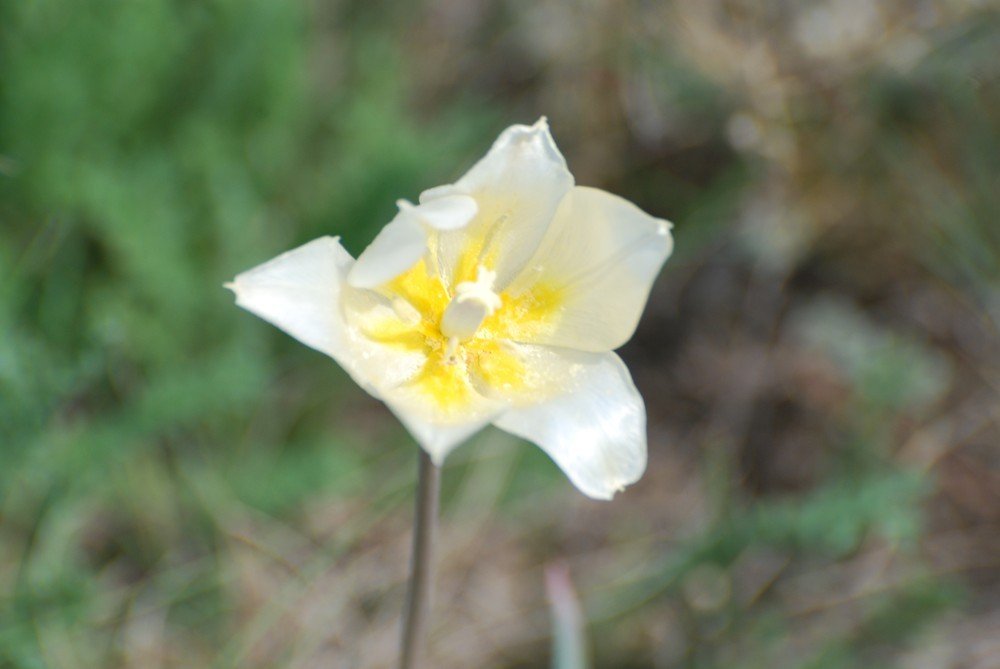
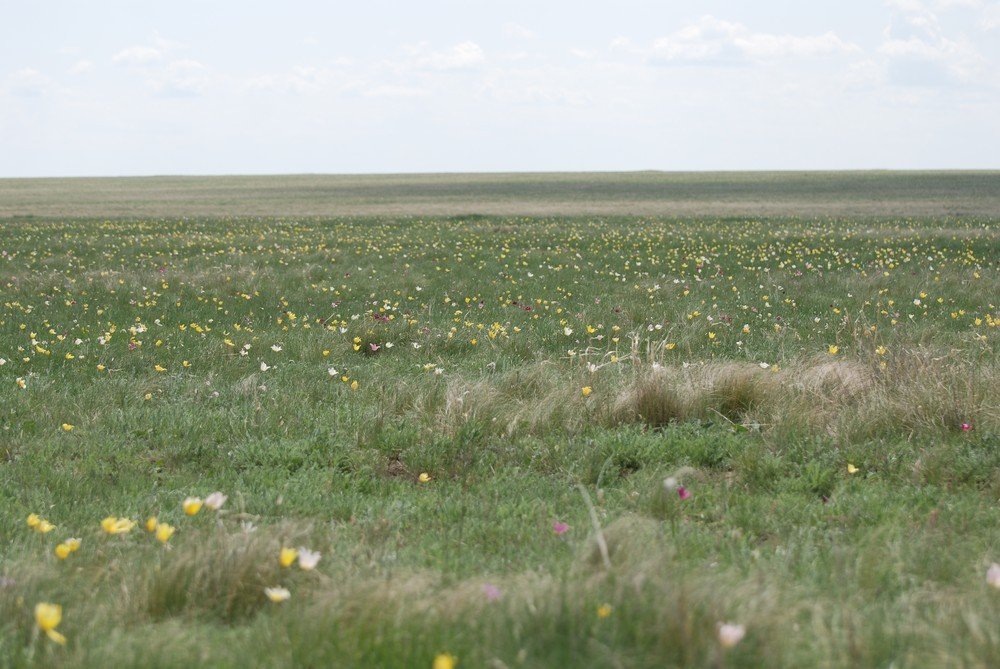
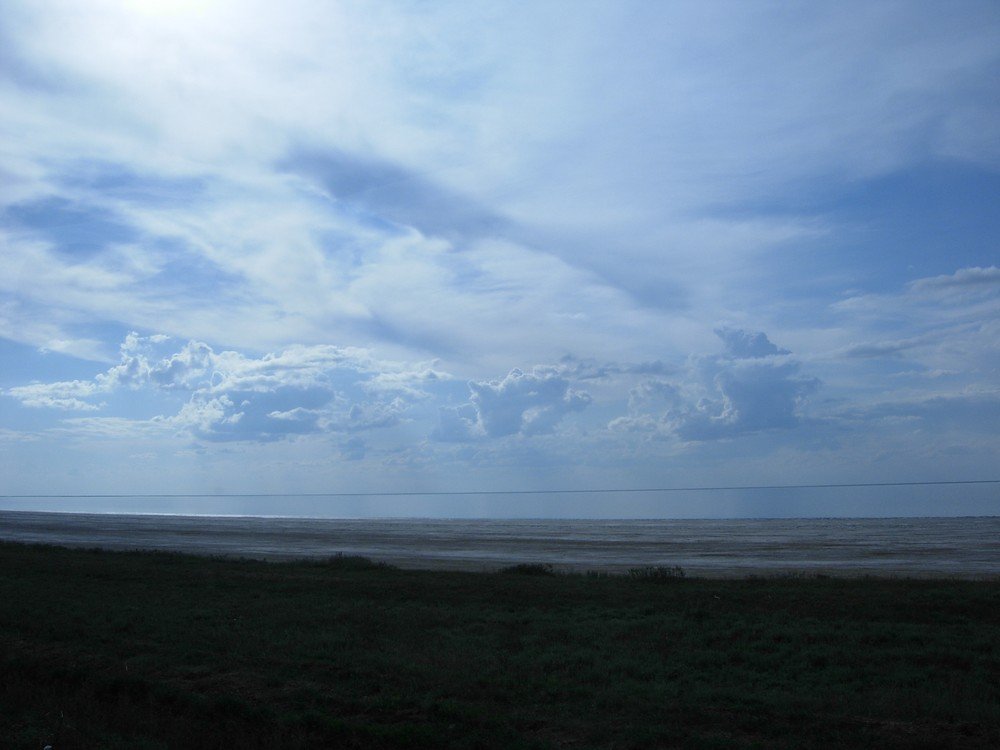
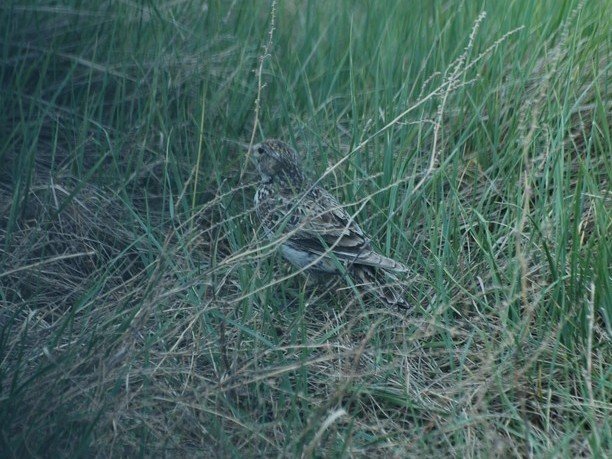
- General information
- History of the Kurgaldzhinsky Reserve
- Animal life
- Bird paradise
- How to get there
General Information
The protected lands occupy the southwest of the Tengiz-Kurgaljin depression and have an area of 5432 m². The bitter-saline driftless lake Tengiz, flowing freshwater lake Korgalzhyn, other lakes and extended bogs are spread on them. The Nura River flows from the southeast of them. Glades of lakes are interspersed with thickets of cattail and reeds, channels, steppe areas and solonchaks. Scientists have counted 45 species of rare and endangered plants on the territory of the Kurgaldjinsky Reserve, most of which are not found in other regions of Kazakhstan.
.
Natural lands are of great importance for migratory birds, because in the Kurgaldjin Reserve there is a crossing of two leading bird migration routes – Central Asian and Siberian-South European.
.Tourists come to these places to admire the picturesque landscapes and get acquainted with the protected fauna and flora. Day trips on ecological trails, bird watching, fishing and rafting on the Nure River are popular here.
.
The Kurgaljin Nature Reserve regularly hosts the Flamingo Festival, which is supported by the Eurasian Natural Resources Corporation. In the Visitor Center, a nature museum is open for tourists to learn about the role of wetland systems in preserving biodiversity on our planet.
.
History of the Kurgaldjin Nature Reserve
In 1957, a hunting preserve was formed on local lands. Although its status was repeatedly changed, until 1968 it was allowed to carry out economic activities in the reserve. Then, on the initiative of scientists, a large ornithological reserve was created here, and its territory was constantly expanding. In 1976, the salt lake Tengiz was included in the famous Ramsar list, which describes all the unique natural water bodies of the Earth.
.
Nowadays, the consequences of the impact on nature in the protected lands have been leveled. The livestock farms and settlements that existed here were liquidated 40 years ago. Today, industrial fishing is prohibited in the Kurgaldzhinsky Reserve, so the local nature is thriving.
.
Animal life
There are 45 species of fish in the Kurgaldzhinsky Reserve – golden and silver crucian carp, yaz, perch, roach, pike, bream, tench, pikeperch, carp and others. In the steppes and reed thickets there are Dzungarian hamsters, long-eared hedgehogs, voles, mice, gnats and hares. The abundance of small mammals provides constant food for predators – wolves, foxes, ermine, badgers, korsaks and steppe polecats.
.
Wetlands around lakes are favored by wild boars. In former times these animals were hunted, but the situation has long since changed. For the last few years the population of wild boars has been kept around 180-200 individuals.
.
A paradise for birds
The protected area is spread in the zone of steppes and semi-deserts, and the system of lakes formed here is the largest in Central Kazakhstan. The semi-dry climate, abundance of water and food have created excellent conditions for migratory birds. Every year millions of birds stop in the Kurgaldzhinskiy reserve.
.
Here birds can rest and feed without fear of people. During migration, 219 species of birds pass through the reserve. On the lakes one can see flamingos, pelicans, blackbirds, herons, terns, gulls, ducks, cranes, falcons and representatives of the vast group of passerines. Among them there are 14 species of red-listed birds. For example, the rare Red-breasted Goose migrates through the reserve. It flies from Taimyr and after Kazakhstan turns to the shores of the Black Sea and the Danube Valley.
.
The Kurgaldzhinsky Reserve is home to several species of nesting birds, which choose reed thickets on the shores of lakes and streams for hatching. Three species of birds, which are considered endemic to the steppe zone in the north of Eurasia, have found shelter here. Wetlands and steppe areas have become home to the Gyrfalcon, White-winged Lark and Black Lark. Of particular interest are the islands on Lake Tengiz, where a population of up to 60,000 common flamingos nest. Curiously, flamingos are not found in the wild to the north of this place.
.How to get there
The Kurgaldzhinsky reserve is located 130 kilometers southwest of the city of Astana. The automobile road goes through Sabyndy. It takes 2-2.5 hours to reach the reserve by cab. From the Astana city bus station to the bus station of Korgalzhyn village, located 200 meters from the visitor center of the Kurgaljyn reserve, there are four times a day shuttle buses.
.